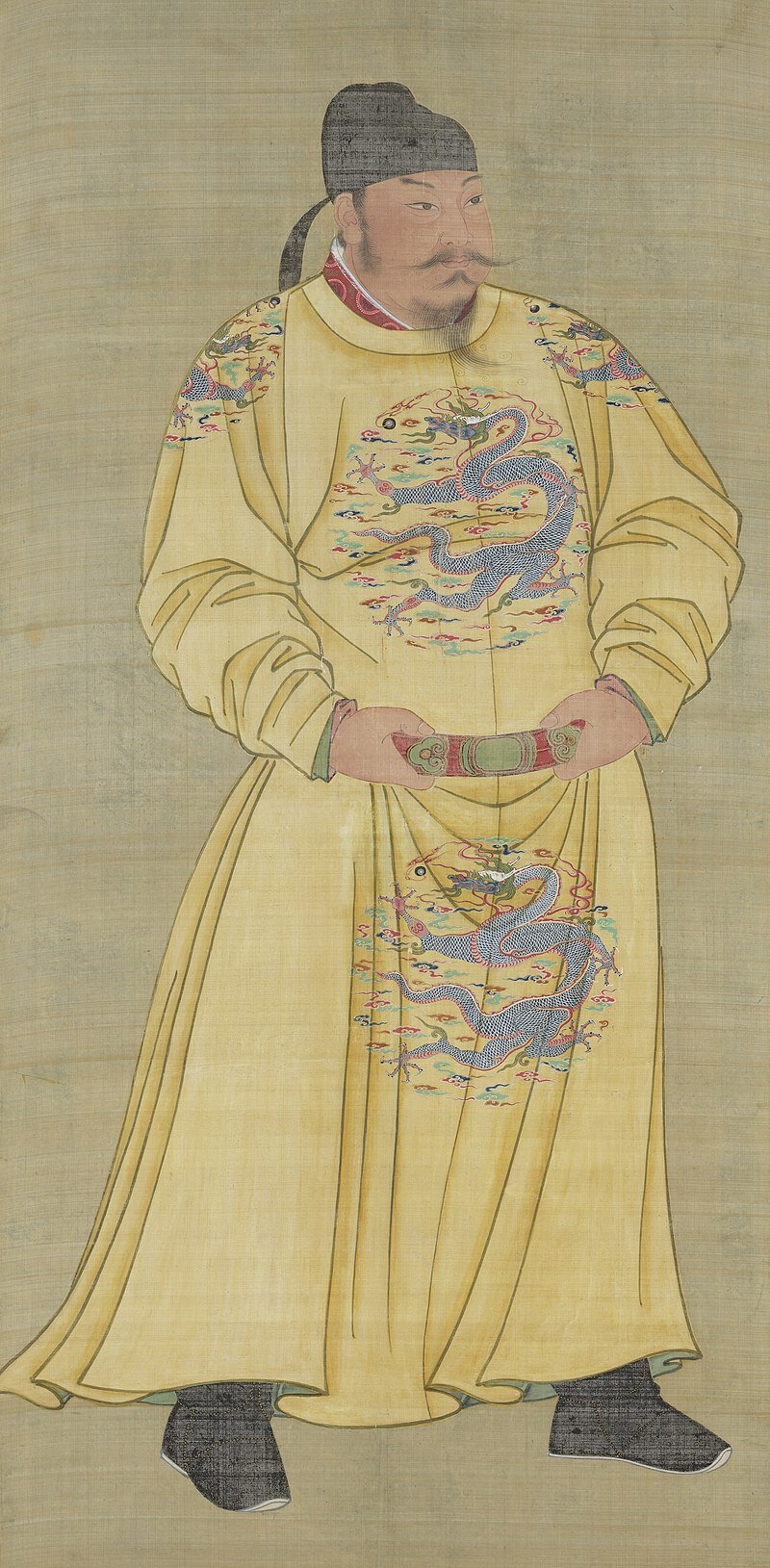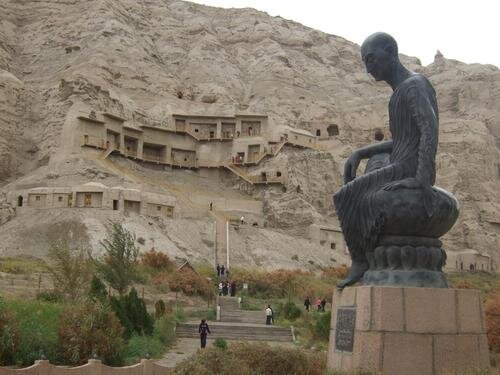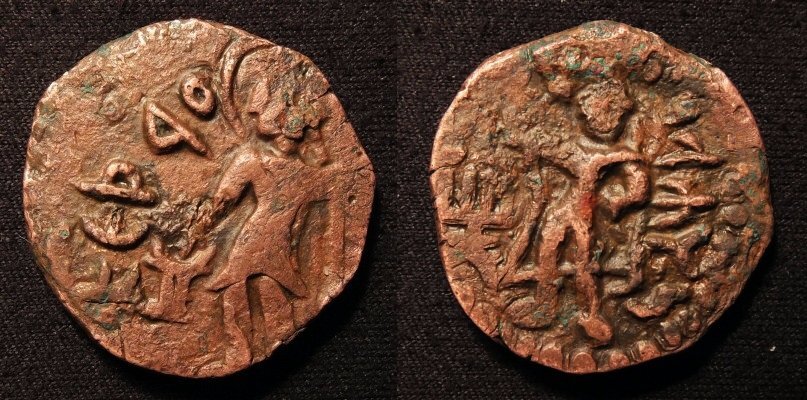Ep. 244 | The History of Xinjiang (Part 1)
In this CHP episode, we start a new multi-episode series that looks at the history of the land known today as Xinjiang. This series will cover about 4000 years of history starting in this episode with the Tarim Mummies.
Listen On Your Favorite Podcast Player
Terms in Episode
| Pinyin/Term | Chinese | English/Meaning |
|---|---|---|
| Chinggis Khan | 成吉思汗 | 1162-1227, Founding Khan (Emperor) of the Mongol Empire |
| Dūnhuáng | 敦煌 | City in western Gansu famous for the Mogao Grottos and the treasures carted away by Air Aurel Stein and others |
| Èrlǐtóu Culture | 二里头文化 | 1900-1500 BCE Bronze age civilization located mostly in Western Henan. This may or may not have been the Xia Dynasty |
| Emperor Wǔ / Hàn Wǔdì | 汉武帝 | One of greatest Chinese emperors of all time. Reigned from 141-87 BCE, a record that took centuries to break! More about Han Wudi next episode |
| Gānsù | 甘肃 | Province of Western China. Capital is Lanzhou |
| Hétián / Khotan | 和田 | The Kingdom of Khotan, now the xity of Hetian in southern Xinjiang |
| Héxǐ Corridor | 河西走廊 | Also known as the Gansu Corridor, the main road from westernmost China to the easternmost Tarim Basin where the northern route of the Silk Road began |
| Hāmì | 哈密 | One of Xinjiang's most famous places, located in the Turpan Basin, an ancient civilization and darn good melons. Go try one. |
| Kūnlún Mountains | 昆仑山 | The mountain chain that rims the south of the Tarim Basin |
| Lop Nor / Luóbù Pō | 罗布泊 | Ancient salt lake, now mostly dried up where two of Xinjang's greatest rivers flowed into. Lop Nor once covered 10,000 square km of area |
| Lóngshān | 龙山文化 | 3000-1900 BCE, a neolithic culture in China centered in and around Shandong Province |
| Lóulán | 楼兰 | Known also as Krorän, an ancient kingdom on the north shores of Lop Nor. Loulan was later renamed Shanshan after China took it over |
| Qiěmò County | 且末县 | City and county west of Loulan. Also known as Cherchen, Charchan and Qarqan. Located in southern Xinjiang |
| Shāng | 商朝 | 1600-1046 BCE, Chinas's official first dynasty (not an imperial one though) for which written records have been found |
| Shǎnxī | 陕西 | Province in northwest China famous for a million things, including being next to a province that sounds almost the same |
| Tiānshān | 天山 | The Heavenly Mountains |
| Western Hàn | 西汉 | The Chinese dynasty founded by Liu Bang. The Western Han is also known as the Former Han and ran from 206 BCE to 9 CE |
| Xinjiang | 新疆 | The area that is now contained in the Xinjiang Uyghur Autonomous Region in China. Also known by many names prior to 1884 |
| Xià Dynasty | 夏朝 | 2070-1600 BCE, China's most ancient of all dynasties, except no proof of their existence has been found (yet). |
| Xiǎohé | 小河 (小河墓地) | Also known as the Ördek Necropolis, an ancient site not far from Lop Nor that contained a great number of Tarim Mummies |
| Xīyù | 西域 | The Western Regions, one of the ancient names for Xinjiang up to about the Tang |
| Yánghǎi | 洋海 | Another necropolis that yielded many Tarim Mummies |
| Yíngpán Man | 营盘美男 | One of the Tarim Mummies discovered |
| Yùmén | 玉门 | The Jade Gate, west of Dunhuang. The "Lo Wu Station" of China. End of the line |
| Zhōu Dynasty | 周朝 | A dynasty that followed the Shang and preceded the Qin. It ran from 1046 to 249 BCE |



























In this arguable milestone episode, we finally get around to the Uyghurs, discuss their ancient history and examine how they rose from one of several tribes in a Turkic confederation to their own Khaganate.